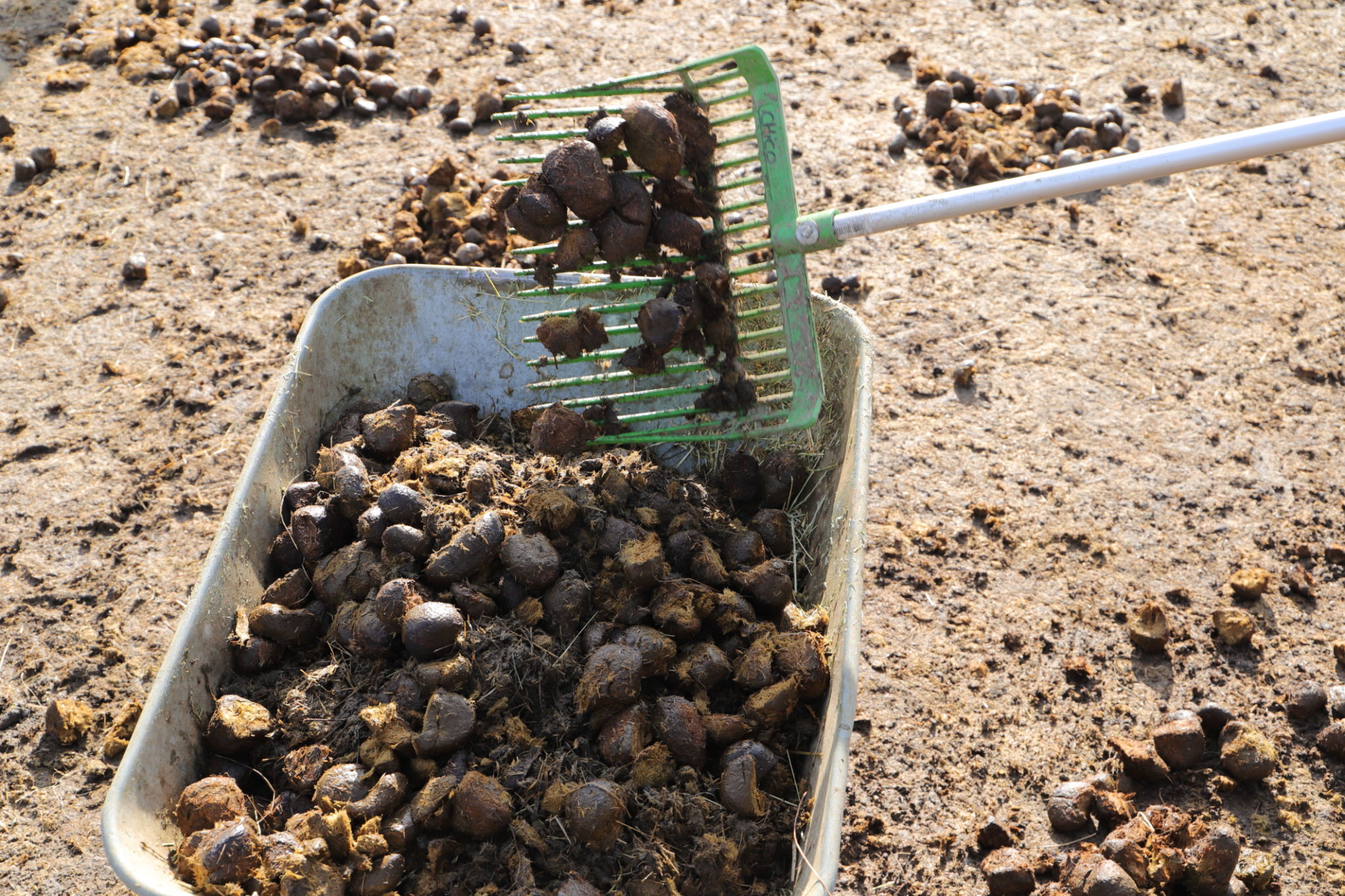The Ultimate Guide to Sustainable Equine Waste Management
Introduction to Sustainable Equine Waste Management
Managing equine waste is a crucial aspect of horse care and environmental responsibility. With the right strategies, you can turn waste into a resource, benefiting both your horses and the planet. This guide will explore sustainable practices, offering insights into effective waste management.

Understanding Equine Waste
Equine waste primarily consists of manure, bedding, and uneaten feed. A single horse can produce significant waste daily, highlighting the need for efficient management systems. Proper handling not only mitigates environmental impact but also enhances the health of your horses.
The Environmental Impact
Improper disposal of equine waste can lead to water contamination and greenhouse gas emissions. By adopting sustainable practices, you reduce these risks, contributing to a healthier ecosystem. Implementing environmentally friendly methods is essential for responsible horse ownership.
Composting as a Sustainable Solution
Composting is an effective way to manage equine waste. This process transforms waste into nutrient-rich compost, which can be used to improve soil quality. Composting not only reduces waste volume but also minimizes environmental impact.

Steps to Start Composting
To begin composting, follow these steps:
- Select a suitable site away from water sources.
- Layer manure with carbon-rich materials like straw or wood shavings.
- Turn the pile regularly to ensure proper aeration.
- Monitor moisture levels and adjust as needed.
Alternative Waste Management Techniques
Beyond composting, several other techniques can be employed for sustainable equine waste management. These methods can be tailored to suit your specific needs and resources.
Recycling and Reusing
Consider recycling bedding materials or reusing waste as a fuel source. Innovations in waste-to-energy technology allow for the conversion of manure into energy, providing a sustainable power source for your facilities.

Biodigesters
Biodigesters are another innovative solution. These systems use anaerobic digestion to convert waste into biogas and digestate, a nutrient-rich byproduct suitable for fertilization. This method significantly reduces methane emissions while providing renewable energy.
Implementing Best Practices
To optimize your waste management efforts, consider integrating several practices. Regularly assess and adjust your systems to align with sustainability goals. Educating your team and staying informed about new technologies will enhance your waste management strategies.
Conclusion
Sustainable equine waste management is not only beneficial for the environment but also enhances the health and well-being of your horses. By adopting eco-friendly methods, you can create a more sustainable future for your equestrian activities. Embrace these practices and become a steward of the environment, ensuring a cleaner and healthier world for generations to come.
